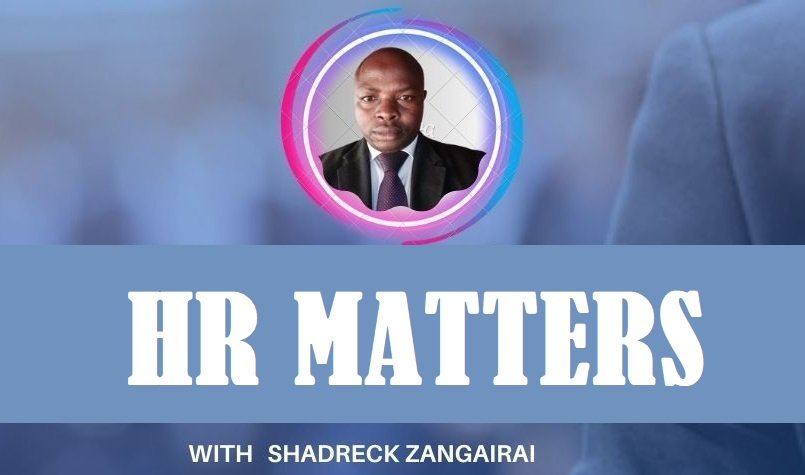Shadreck Zangairai
Conflicts are inevitable in all employment relationships. Management and employees tend to have conflicting views because of the differences between the expectations and this may lead to conflicts. Therefore conflict is a phenomenon in any organization and it remains the most permanent feature. The Marxist analysis assumes that conflict that takes place in employment relationships is a permanent feature of capitalism which merely reflects the predominant power base of the bourgeois and class relations. Conflict is generally perceived as something devastating, abnormal and dysfunctional and this will lead to counter actions from the disadvantaged part. Some of the actions may be legalized such as strikes and other various forms of collective job action. Decline of strike activity doesn’t necessarily mean total eradication of conflicts but in most cases it will have been suppressed. In this article I shall discuss the reasons for the decline in strike activity and its relationship to conflict in the organization. This will include management strategies to combat conflict, legal instruments used to minimize the strike, influence of the economic environment, and political interference among others.
The decline in strike activity contributes to a perception of industrial peace. But my question is whether its decline truly reflects industrial peace or whether it reflects the continued discontent of alternative forms of expression. The most common expressions are disputes, which may be collective or individual, involving actions such as a strike, grievance procedure and disciplinary procedures. Other expressions embrace organizational misbehavior, for example, theft and sabotage, absenteeism or resignation. As I stated earlier on, conflict is inevitable in employment relations, it is part and parcel of life in employment relationships, and therefore the decline in strike activity in such environment may reflect that conflict is no longer an important feature in the workplace. Its decline in Zimbabwe is due to a variety of reasons which include positive aspects such as human resource strategies through welfare policies, informal or formal channels of communication and good terms and conditions of employment as well as collective bargaining. It also involves negative aspects such as unemployment, restrictive laws such as Maintenance of Peace and Order Act Chapter 11:23, Presidential Powers (temporary measures) and political interference. Decline in strike activity to some extent reflects workplace harmony portraying good employment relationships but to some extent it exposes employees to exploitation by employers.
The right to strike for the purpose of collective bargaining(CB) is one of the employee fundamental rights enshrined in the Labour Act (CAP 28:01). It is an extremely important right and is essential for CB to work effectively. If workers could not, as a last resort, collectively refuse to work, they could not bargain collectively, otherwise there can be no equilibrium in the workplace without the freedom to strike. Employers and employees have found that the most effective way to advance their interests and at the same time to avoid unnecessary strike action is to participate in sophisticated mutual gain negotiations. They have realized that the use of strike action to win benefits is often futile in an economy in which the imbalance of power between capital and labour is so pronounced. They appreciate that there are better ways to get what workers need than by simply flexing their muscles.
Again, most successful organizations now pay great attention to human capital management after realizing that human resources are the important asset that should be kept stronger in order to have the best chances of success. Organisations have been forced to examine and re-evaluate how they manage, and hence they have shifted from collectivism to individualism, forcing employees to move away from trade unionism. Workers no longer have faith in trade unions and now engage their organizations to seek recourse in matters affecting them in the workplace. Organisations are now responsible for the attraction and rewarding of employees. They take care of the employee needs thereby reducing conflict in the workplace. To advocate for strike action in such a situation will be faced with stout resistance because of employee engagement to their organization. Roles that used to be enjoyed by trade unions such as ZCTU or ZFTU have been taken over by the human resources department and most bargaining is being carried out at industrial level. This has brought the decline in strike activity though conflict is inevitable in the workplace. To some extent the decline in strike activity is negatively imposed thereby seemingly giving a picture that conflict is not an important feature in contemporary employment relations. The economic downturn which negatively impacted in the country after the turn of the millennium has seen most companies closing. For example, in Bulawayo around 80% of the companies collapsed. This was followed by massive retrenchments which left workers redundant. Those few workers who were spared are scared to engage in strike action in order to protect themselves. They would rather accept the little they are getting from employers than to be redundant. ‘Half a loaf is better than nothing’ is the psychological perception that seems to have crept into the workers’ minds. For instance, the civil servants, since 2019 they have never had any meaningful salary increase and their salaries are way below the poverty datum line (PDL). Recruitment of new employees and promotions has been halted. In such environments it will be difficult to engage in a successful strike action. Next week I will follow up with the other side of the assertion.
Disclaimer; Shadreck Zangairai is the Principal Human Resources Officer at Masvingo Provincial
Hospital. He writes in his personal Capacity
(sh***********@gm***.com)







